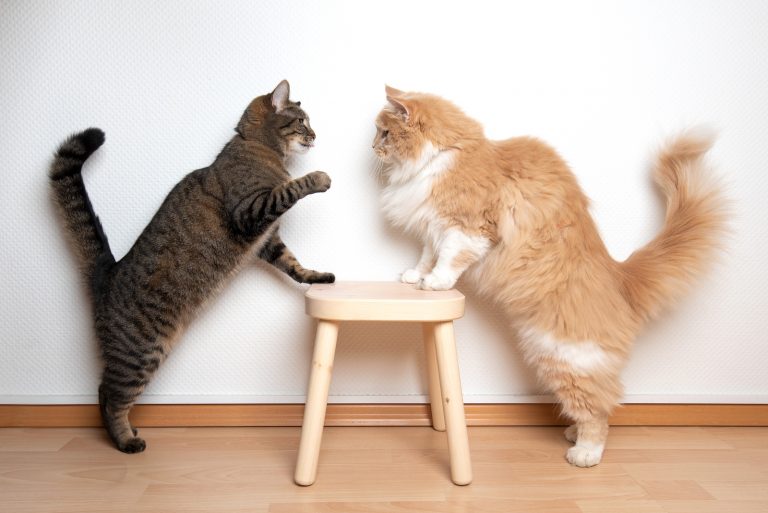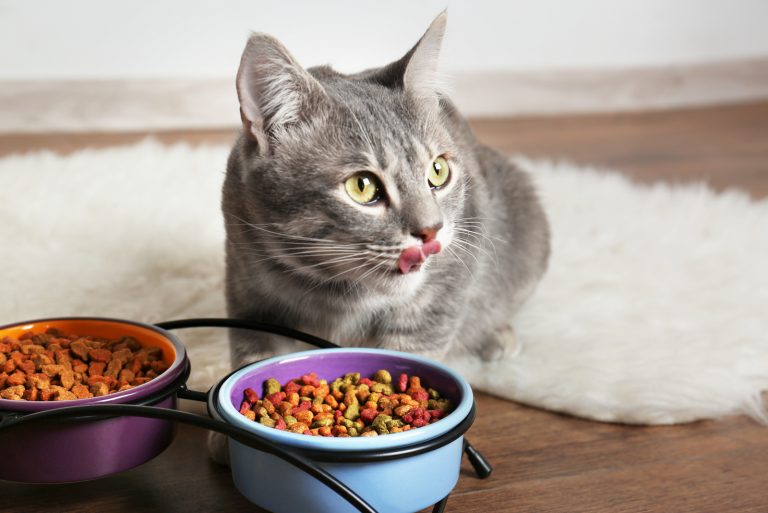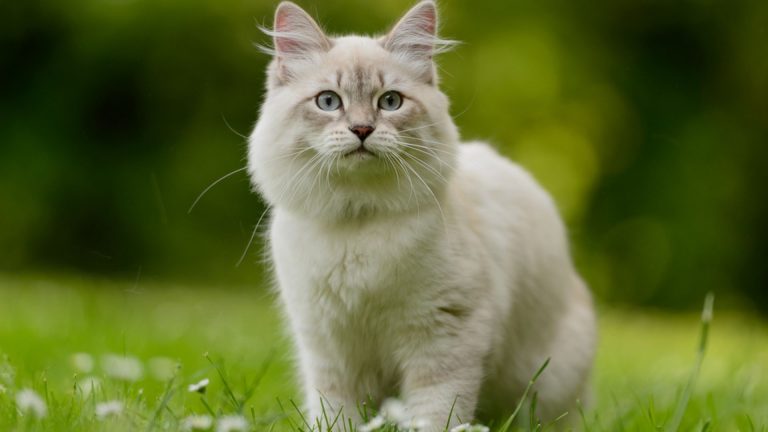Foamy Cat Urine: Causes, Treatment & Prevention
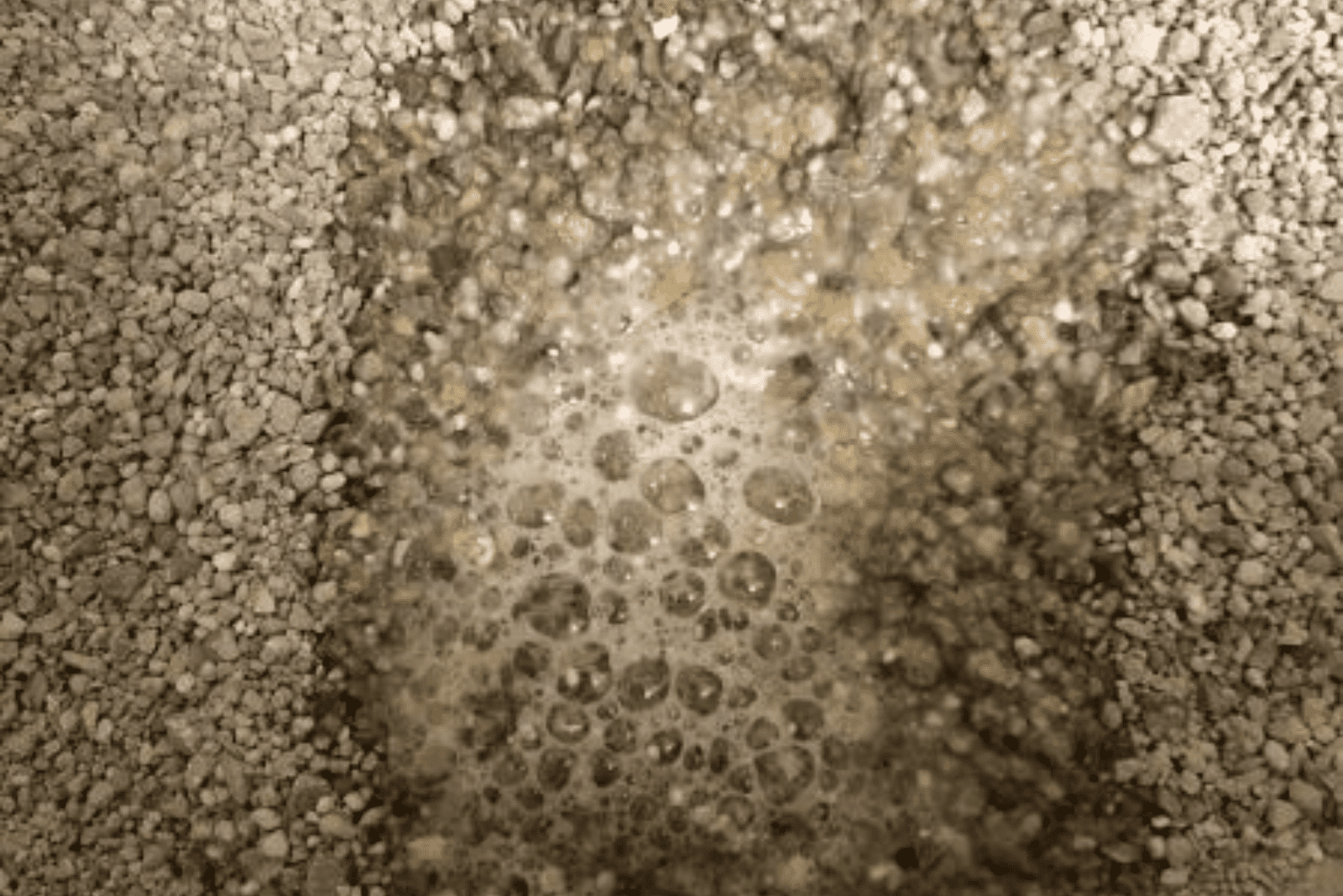
Every cat owner needs to track their cat’s pee, poop, and general bathroom habits. I know, it’s not the most glamorous job in the world – but nevertheless, it’s a job that needs to be done. Why? Because a cat’s urine and feces give us clues about a cat’s health. Cats cannot speak to tell us when they’re sick, so we have to look for signs to give us insight into the health of our feline friends.
One sign of a potential health issue, found in a cat’s pee, is the presence of foam. Foamy cat urine is definitely not normal, and it can occur by itself or alongside other symptoms.
If your cat has any additional symptoms that suggest it may have an underlying health issue, going to the vet’s office is highly recommended.
The causes of foamy cat urine include feline urinary tract infection (UTI), chronic kidney disease (CDK), feline idiopathic cystitis (FIC) and kidney or bladder stones. None of these medical conditions should be taken lightly, so going to the vet is highly recommended.
If you’re interested in learning more about this topic, continue reading to find out more about the causes of foamy cat urine, as well as what you should do about it.
Is Foamy Cat Urine Normal?
If you’ve observed that your cat’s urine is foamy all of a sudden, you must be wondering whether this is normal or not.
Cats should not have foamy urine. A healthy cat’s urine should be clear and yellow, with no foam and with a characteristic urine smell. Nevertheless, even if the presence of foamy urine is not normal – that doesn’t mean it’s always a sign of a serious medical issue.
If your cat does experience other signs of illness, it may mean that the presence of foamy urine is not so harmless. Foamy urine, alongside other signs your cat is not feeling like their usual selves is a clear sign your cat is battling with some type of medical condition.
The most common cause of foamy urine in cats that can be considered serious is a urinary tract infection or kidney disease. There are other causes as well, and all of them will be explained in detail further below in this article.
4 Most Probable Causes Of Foamy Cat Urine

Below, I’ve explained the 4 most probable causes of foamy cat urine.
1. Feline Urinary Tract Infection (UTI)
Feline UTI is the most likely cause of your cat’s foamy urine.
A UTI often develops when bacteria get into the urethra and enter the bladder. The urine in the bladder should be sterile, but if bacteria get into the bladder they can multiply and develop, which results in a UTI.
Due to the presence of bacteria and inflammatory cells that are there to kill the bacteria, urinary tract infections frequently result in an increase in the amount of protein in the urine, leading to foamy urine.
Apart from foamy urine, you might also observe the following symptoms:
• Not using the litter box properly
• Frequent urination
• Reluctancy to urinate
• Painful urination
• Lethargy
To lessen your cat’s suffering, it’s critical to swiftly recognize, diagnose, and treat UTIs. If left untreated, urinary tract infections can result in pain, unwanted litter box habits, bladder stones, and kidney infections. A urethral blockage, which can be life-threatening, can occasionally occur in male cats with urinary tract infections.
Your veterinarian will probably recommend oral antibiotics or an injection with a long-lasting antibiotic to treat genuine infections when the presence of bacteria has been established. To ease your cat’s discomfort and bladder irritation, they might also prescribe anti-inflammatories.
2. Chronic Kidney Disease (CKD)
Cats with kidney failure are now known as having chronic kidney disease (CKD) or chronic kidney failure. This usually affects older cats.
Toxic waste products from the body are continuously removed from the blood by the kidneys. In this filtration process, urine is created. When the kidneys sustain ongoing, irreversible damage that reduces their ability to cleanse the blood of waste, chronic kidney disease (CDK) results. The precise cause of CKD is unknown.
The level of protein in the urine is determined using a test called a protein to creatinine ratio. Cats suffering from chronic kidney disease often have proteinuria, which is an increased loss of protein, which is then found in the urine.
Symptoms that a cat is battling CDK include:
• Loss of appetite
• Weight loss
• Increased thirst
• Increased urination
• High blood pressure
• Lethargy
• Weakness
Early detection and effective treatment of chronic renal disease in cats has the potential to increase their survival rates. Since the condition typically worsens over time, euthanasia will eventually be required. Although the rate of advancement of renal disease varies greatly, receiving the right support and care can both improve the quality of life for affected cats and potentially slow the disease’s progression.
3. Feline Idiopathic Cystitis (FIC)
Feline idiopathic cystitis (FIC) is one disease from a group of diseases known as feline lower urinary tract disease (FLUTD). These diseases all share one symptom – the cat urinating irregularly. Feline idiopathic cystitis is diagnosed when there is no known etiology. Other diseases within the FLUTD group have a known cause.
Feline idiopathic cystitis develops when the bladder wall becomes inflamed. The causative agent is usually unknown. As a result, blood and mucus end up in the cat’s urine.
One of the most common causes of FIC in cats is stress. Stress reactions have been shown to generate a patchy layer in the bladder’s unique layer that guards it against the corrosive chemicals in their urine. Inflammation may occur when urine makes contact with the bladder tissue.
Signs your cat is potentially dealing with FIC are:
• Reluctancy to urinate
• Frequent urination
• Abnormal urine color
• Not using the litter box properly
Without a known underlying cause, this illness develops when the bladder wall becomes inflamed. Blood and mucus can enter the urine as a result of FIC, which can lead to foamy urine and pain or discomfort for your cat.
4. Kidney Or Bladder Stones
Kidney and bladder stones are made from the same minerals and they arise from the same reasons as well. These two varieties of stones don’t often coexist, though. Over 90% of all stones detected in the urinary system are bladder stones, making them significantly more prevalent.
Although symptoms can differ, bladder stones and kidney stones typically exhibit similar symptoms:
• Frequent urination
• Increased thirst
• Traces of blood in urine
• Behavioral changes (such as not using the cat litter box properly)
• Lower back pain
What Should You Do About Your Cat’s Foamy Urine?

If you notice your cat has foamy urine, you need to devote some time to solving that issue. As I mentioned, the presence of foam in the cat’s urine doesn’t necessarily indicate a life-threatening medical condition, but if the cat is showing other signs of illness, then it may be a sign of serious illness (such as end-stage chronic kidney disease).
As you already know, the earlier the cause is found, the sooner you can start treating the potential problem. This means a much greater chance of a positive outcome.
You need to pay close attention to your cat’s behavior and see if they’re exhibiting any other symptoms of a potential illness, apart from foamy urine. Keep track of your pet’s feeding habits, including whether or not your cat eats enough food, whether or not their behavior has altered, and if they’ve been more vocal than usual.
Of course, the best thing you can do is go to the veterinarian and present them with all of the information you have. Your vet will most likely perform the following tests:
• Urinalysis
• Bloodwork
• Urine culture
• Urine protein
The tests will assist in identifying the precise reason for your cat’s frothy pee and the best course of treatment.
How Is Foamy Cat Urine Treated?
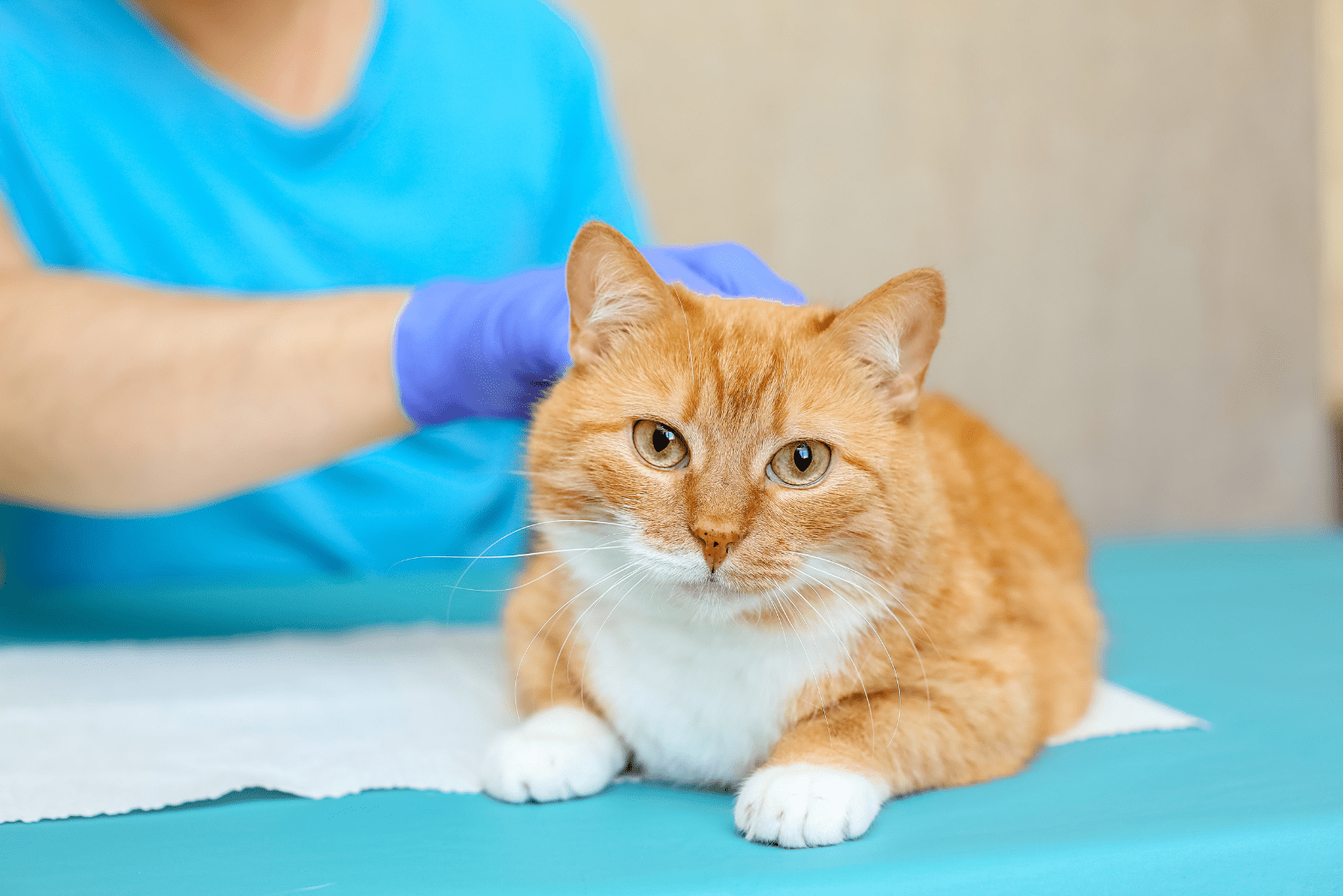
The treatment plan for foamy cat urine means treating the exact cause of foamy cat urine – whether it is feline urinary tract infection (UTI), chronic kidney disease (CDK), feline idiopathic cystitis (FIC) or kidney or bladder stones.
How Is Feline Urinary Tract Infection Treated?
Considering that a urinary tract infection is caused by bacteria, the most likely treatment method will be administering antibiotics. Apart from antibiotics, hydration and a healthy diet are essential.
How Is Chronic Kidney Disease Treated?
Chronic kidney disease is a dangerous and complex disease, and there is no cure for it. Treatment does exist, but it is only useful for managing the symptoms. Treatment depends on the individual cat and how far the disease has progressed. Your DVM will know how best to help.
How Is Feline Idiopathic Cystitis (FIC) Treated?
Anti-inflammatory drugs are typically used to treat FIC. This frequently causes cat owners anxiety because these medications can sometimes result in kidney issues. However, they are incredibly safe in the vast majority of situations.
How Are Kidney And Bladder Stones Treated?
Kidney stones don’t usually cause a lot of trouble for cats, so they’re usually left untreated. If they do cause symptoms, they’re treated with pain medication, antibiotics, changing the diet, and making sure a cat has a good water intake. The same treatment applies to bladder stones as well.
How Can You Prevent Foamy Cat Urine?
In order to prevent the formation of foamy cat urine, you need to prevent the underlying disease that’s causing it. Essentially, you need to get to the root of the problem, whether it is a urinary tract infection (UTI), chronic kidney disease (CKD), feline idiopathic cystitis (FIC) or bladder/kidney stones
How Is Feline Urinary Tract Infection Prevented?
Feline UTI is prevented by altering your cat’s diet (by comparing canned vs. dry cat food and their mineral contents), as well as taking some supplements that might strengthen the bladder wall. Naturally, it’s also crucial to make sure your cat has access to plenty of fresh, clean water and a clean litter box at all times.
How Is Chronic Kidney Disease Prevented?
There only thing you can do in order to prevent your cat from developing chronic kidney disease is make sure they’re drinking a lot of water, are not obese, have a lot of physical activity, and eat a diet that is balanced and healthy. Wet food is especially recommended for cats with kidney damage.
How Is Feline Idiopathic Cystitis (FIC) Prevented?
We know the most likely causative agent of FIC is stress, so the best thing a cat owner can do is reduce their cat’s exposure to stress. The cat owner will know best how to do that, as every cat’s stress triggers are slightly different.
How Are Kidney And Bladder Stones Prevented?
Make sure your cat drinks enough water and has good urinalysis and blood work results on their six-monthly or yearly veterinary check-ups. If you know your cat is prone to developing kidney or bladder stones, make sure they take the appropriate supplements and have an appropriate diet as recommended by your vet.
FAQ
What Causes Foamy Urine In Cats?
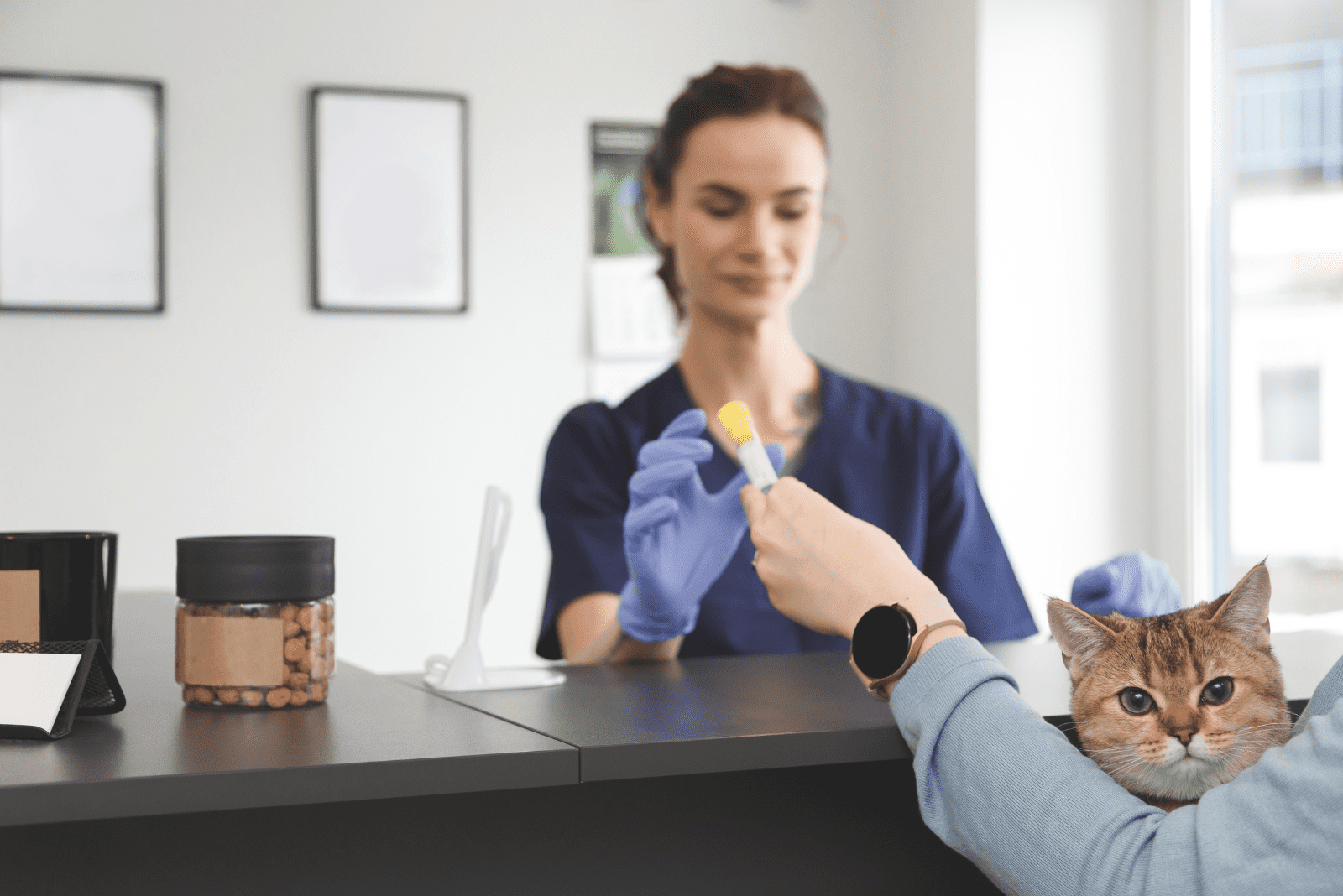
Foamy cat urine is usually caused by either a feline urinary tract infection (feline UTI), chronic kidney disease (CKD), feline idiopathic cystitis (FIC) and rarely, kidney or bladder stones. By far, the most common cause of foamy cat urine is feline UTI and CDK.
Why Is Cat Urine Foamy?
Urine usually becomes foamy because it contains excess protein. Normally, a cat’s urine will contain very small amounts of protein. If there is excess protein in the urine, the proteins react with air, and form a foamy texture.
What Does Protein In A Cat’s Urine Mean?
Proteins in a cat’s urine react with the air to create foam. Normally, every cat has some protein in their urine so this is nothing out of the ordinary. Too much protein will cause foam to appear and this is called proteinuria.
In order to diagnose proteinuria, a veterinarian must examine the patient’s urine and compare the protein and creatinine levels to evaluate the severity of the condition. To determine what is causing the proteinuria, more testing will be required.
What Are Some Symptoms Of Protein In A Cat’s Urine?
Proteins in a cat’s urine don’t cause any symptoms by themselves. It’s the disease that causes the excess proteins in the urine that actually causes symptoms. Therefore, proteins in urine are often associated with other symptoms, depending on the underlying disease.
For example, you may observe frequent urination, straining to urinate and bloody urine in cats with a urinary tract infection. On the other hand, you can observe loss of appetite, increased thirst, and weakness in cats with kidney disease. Both of the mentioned diseases have proteinuria in common, while other symptoms differ.
How Do You Treat Protein In Cat Urine?
Excess levels of protein in cat urine is called proteinuria and there are multiple causes of it. The treatment of proteinuria depends on what’s actually causing it in the first place. For instance, the prognosis is excellent for proteinuria treatment where the cause is an infection of the lower urinary tract, and this is frequently resolved with a simple course of antibiotics. On the other hand, if the cause is kidney disease, some cats benefit from treatment while others do not.
What Is The Best Treatment For A Cat With Foamy Urine?
The treatment for a cat with foamy urine depends on what exactly is causing the foamy urine. As you can guess, treatment for a urinary tract infection (antibiotics) will not be the same as for chronic kidney disease (a vast array of treatments). Therefore, you need to find the cause of your cat’s foamy urine. Of course, this will have to be done by a professional (a vet) and not you (no matter how much you read about it!).
In Conclusion
In the world of cats, urinary issues are pretty common. Some minor urine issues, like urinary tract infections and urine crystals, are simple to diagnose and cure. But occasionally, your cat might show signs of a more serious urinary issue. Foamy or frothy pee is one sign of a potentially serious medical problem in your cat.
Foamy urine is not considered normal, but it’s also not a reason to panic, especially if your cat is not displaying any other symptoms.
The most probable cause of foamy cat urine is a feline urinary tract infection (UTI), although chronic kidney disease is also a common cause of foam in urine. Another two potential causes are feline idiopathic cystitis and, rarely, kidney or bladder stones.
The best thing you can do when you notice foamy cat urine is to keep track of your cat’s behavior, feeding habits, and bathroom habits. That way, you’ll notice if your cat is showing any other signs of a potential illness. Even if you don’t notice any signs that your cat is sick, it’s best to visit the vet and make sure your kitty is definitely healthy.
I hope this article has provided you with everything you need to know so you can give your cat all the care and attention it needs.


